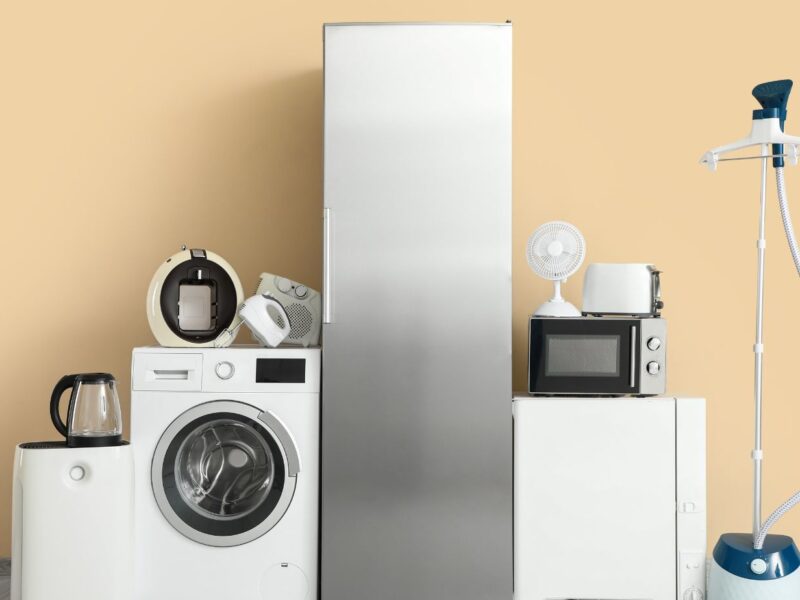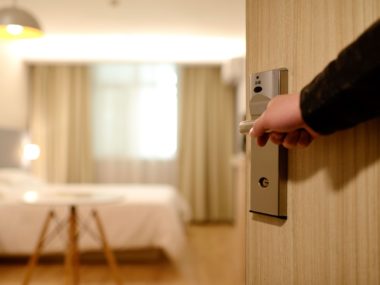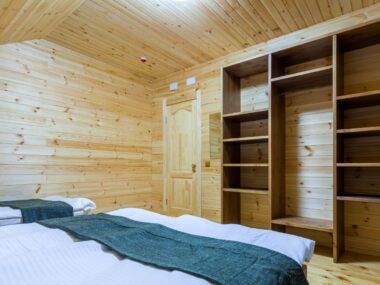How a home is powered—heating, cooking, hot water, and outdoor living—shapes daily life more than most homeowners realise. When you read the fine print of bills, appliance manuals or installation guides, a network of supply, reliability and infrastructure is operating behind the scenes. Many families sense this but generally don’t dig into it until something changes: moving house, upgrading appliances, or reviewing costs. Understanding the process and options helps you take control.
What Supply Really Means in the Home Environment
Whether you are using LPG bottles in a rural location or connected to a natural-gas network in suburbia, you’re dealing with more than a pipe or tank. Supply involves:
- Infrastructure: pipelines, storage tanks, cylinders, regulators.
- Pricing mechanisms: usage charges, standing fees, delivery adjustments.
- Reliability: ensuring the fuel or gas arrives when you need it.
- Safety and compliance: installations must meet local regulations and service inspections.
When these pieces align well, energy is hardly noticed. It quietly supports everyday routines in the background, which is typically how we like it! When any piece fails, it becomes immediately obvious.
Why More Homeowners Are Re-Evaluating Their Energy Options
Several trends have prompted more homeowners to ask questions about how they’re supplied:
- Rising energy bills and unstable international fuel markets.
- Increasing attention to environmental impacts and carbon footprints.
- More off-grid and rural living situations where mains supply may not exist.
- Technological change: smart meters, remote monitoring and alternative fuels.
All these shifts mean that you may have to make a strategic decision for your home’s comfort, costs and future.
Comparing Your Options
When reviewing your household energy arrangement, consider these dimensions:
Cost Over Time
Check not just the usage rate but standing charges and minimum fees. Where alternative fuels (like LPG) are required, delivery or rental fees may add significantly.
Reliability
If you’re in an area with supply interruptions or dependence on deliveries, look into service guarantees, backup options or dual-fuel arrangements.
Flexibility and Future Readiness
Does your system accommodate new appliances (e.g., outdoor kitchens, spas) or lifestyle changes (e.g., working from home, heating zones)? Is there scope to move to renewable or off-grid systems later?
Safety, Compliance and Local Regulation
Ensure your installation is certified, well maintained and meets relevant codes. Even simple changes—adding a fireplace, sauna or outdoor gas appliance—often trigger new compliance requirements.
Environmental Impact
Some homeowners now factor in how their choice of fuel impacts emissions, indoor air quality and resale value. Energy strategies that align with future building-standards can be a hedge against retrofit risks.
What Happens Behind the Scene
When you sign on with a supplier and setup begins, several steps occur:
- Your address is checked for supply availability and zoning.
- Installers place meters, cylinders or valves, depending on fuel type.
- Gas lines or distribution pipes are connected and pressure-tested.
- You start with an initial bill structure: standing fees, per-unit charges, service fees.
- Regular billing follows, often quarterly, sometimes monthly.
- Maintenance obligations appear—cylinder inspections, pipe servicing, regulator replacement.
These details are often invisible until something fails. Knowing what they involve allows you to ask better questions from the start.
When Changing Circumstances Call For Rereview
Certain events make it smart to revisit your supply arrangement:
- You’re renovating or adding significant new fuel-using appliances.
- You’re moving into a rural or semi-remote property without mains connections.
- Your existing contract is up and you’re offered alternative terms.
- You wish to reduce your reliance on a single fuel type or upgrade to greener technologies.
- Bills seem to be climbing faster than you anticipated for the usage you’re seeing.
A review at these junctures can deliver savings, better performance and greater peace of mind.
Everyday Habits That Improve Efficiency
No supply arrangement works optimally without subtle behaviour change:
- Monitor usage: setting seasonal reminders helps you track deviations from typical patterns.
- Maintain appliances: regular servicing often preserves efficiency much more than upgrades alone.
- Check for leaks or inefficiencies: even small gas leaks or non-sealed flues can increase costs and reduce safety.
- Consider supplemental systems: if supply interruptions are common, battery backup, dual-fuel backups or cylinder reserve systems may make sense.
- Reassess annually: just as you budget for home maintenance, budget a quick supply-check to ensure nothing has drifted.
Looking Ahead To Future Options
Your energy supply choice now influences what you can do later. For instance:
- If you choose a cylinder-based supply now, adding mains connection later may be more disruptive.
- If regulations shift toward electrification, homes designed with fuel-flexible wiring are more adaptable.
- Resale value may favour homes with dual-fuel capability or ready upgrade paths.
- Technologies such as smart thermostats, remote monitoring or integration with solar and storage become easier when supply fundamentals are in order.
Final Thoughts
Household energy supply certainly isn’t glamorous, but it is foundational. Whether your home uses cylinders delivered each month, is connected to a piped network or sits off-grid entirely, your supply arrangement underpins everything from dinner to comfort to cost. Choosing from among available gas suppliers is part of the decision, but even more important is understanding your usage patterns, future needs, and how the supply fits into the broader system of home living.






